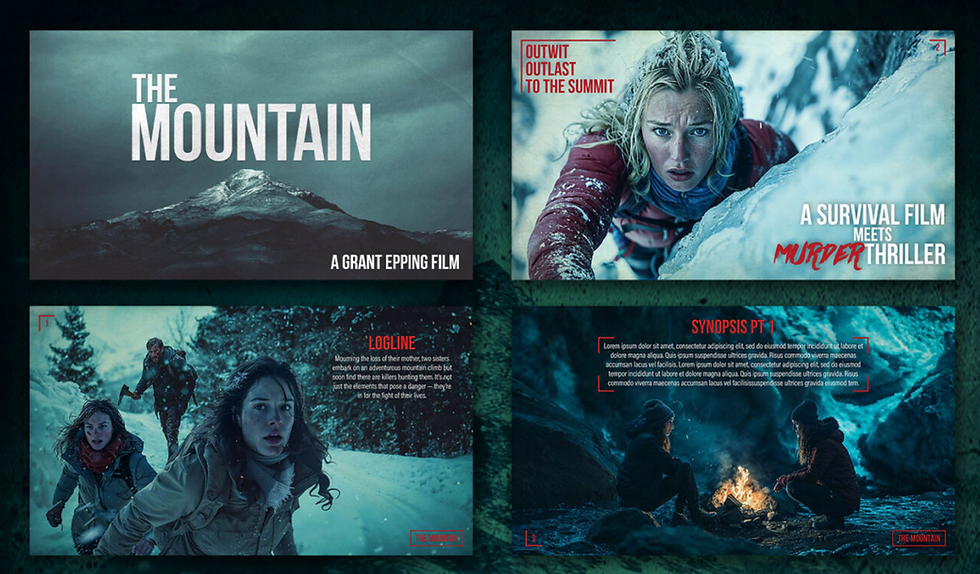Character Development Case Study: Aurora From The Way Out
- Jason OHara

- Apr 9
- 3 min read

In any narrative, character development is the heartbeat of the story. Aurora, the protagonist of my short film The Way Out, a collaboration with Vanessa Padla, exemplifies this perfectly. Her journey is a compelling exploration of internal and external struggles, making her an unforgettable centerpiece of the film. Here’s a closer look at how her character was crafted and how her development drives the story.
Aurora: A Multi-Dimensional Character

Aurora is a 40-something professional navigating the complexities of her family relationships, cultural expectations, and an unraveling personal life. Her poised exterior belies the internal conflict she faces, which unfolds layer by layer as the story progresses.
From the opening scenes—where she interacts warmly with her father but cautiously with her mother—it’s clear Aurora lives in two worlds. One is her role as a dutiful daughter, immersed in the traditions and warmth of her family’s Filipino heritage. The other is her private life, where cracks begin to show in her marriage.
The Role of Family Dynamics

Aurora’s relationships with her parents add significant depth to her character. Her mother is a forceful yet loving presence, whose sharp insights and unwavering support bring both conflict and resolution. These interactions not only reflect Aurora’s cultural background but also serve as a mirror to her internal struggles. The generational tension and familial expectations further complicate her decisions.
One of the pivotal moments in Aurora’s development is her conversation with her mother about her marriage. The dialogue oscillates between humor and tension, showcasing Aurora’s ability to mask her pain while allowing glimpses of vulnerability. This duality makes her journey relatable and engaging for the audience.
Cultural and Emotional Nuance

Aurora’s character is deeply rooted in her Filipino identity. From the traditional decor in her parents’ home to the cooking of adobo in the kitchen, every scene is steeped in cultural authenticity. These elements not only ground Aurora’s character but also emphasize the weight of familial and cultural expectations she carries.
The emotional nuance of Aurora’s character shines in her interactions with her mother, particularly during moments of conflict. As her mother presses Aurora about starting a family, a subtle but powerful tension builds, culminating in a revelation of deeper struggles.
The Turning Point

The discovery of a bruise on Aurora’s wrist is the moment when the story takes a darker, more urgent turn. It’s not just a plot twist; it’s a window into her vulnerability and the unspeakable challenges she faces in her marriage. Aurora’s initial denial, followed by her reluctant admission, draws the audience deeper into her world and sets the stage for the climactic decisions she must make.
Aurora’s Evolution

By the end of the film, Aurora evolves from someone trying to maintain control over her unraveling life to someone ready to reclaim her agency. Her journey is both heartbreaking and empowering, reflecting the resilience many people find in the face of adversity.
Why Aurora’s Story Matters
Aurora’s character development in The Way Out offers a poignant look at resilience, family, and cultural identity. Her story is a testament to the power of well-rounded, emotionally resonant characters in storytelling. By weaving together cultural nuance and universal themes, Aurora’s journey speaks to audiences on multiple levels.
I hope this character development case study has been helpful. Interested in creating unforgettable characters for your next project? Contact me today, and let’s collaborate on crafting stories that resonate deeply with your audience.

— Jason







Comments